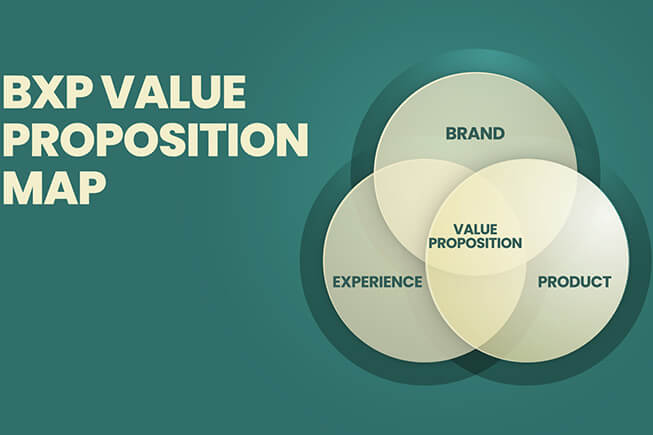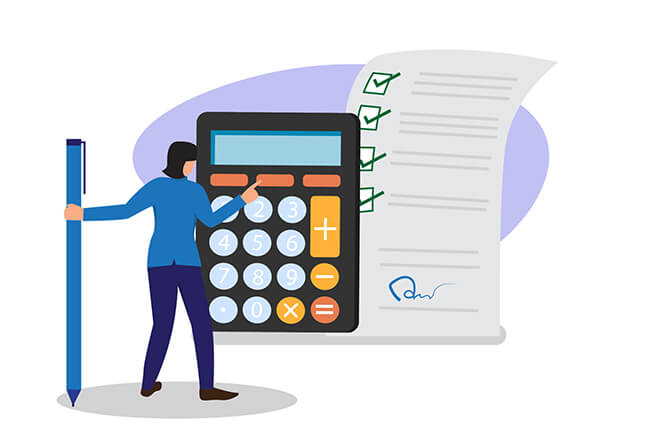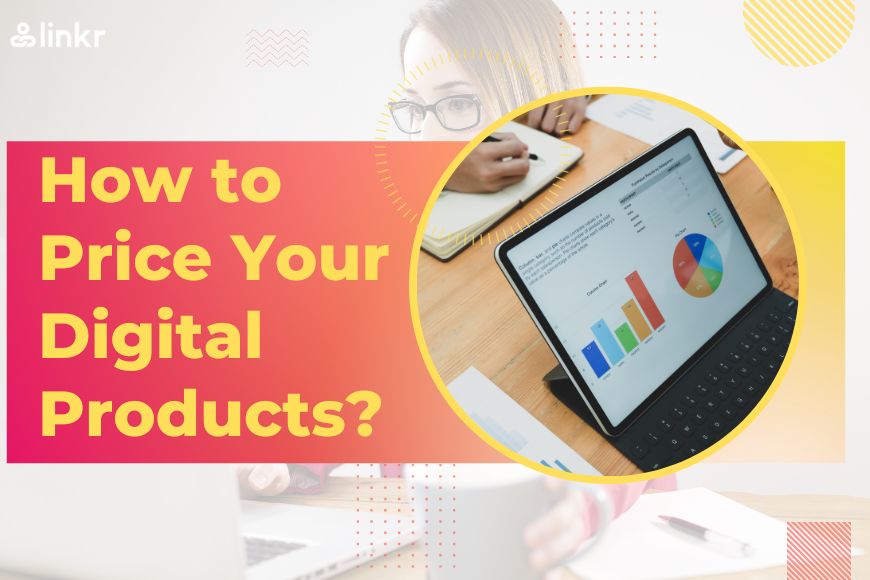How to Price Your Digital Products for Maximum Sales
Selling digital products has become an increasingly popular way for creators, influencers, and small business owners to monetize their expertise and reach a global audience.
However, pricing can be a tricky subject to approach. Don’t worry, we’ve got you covered! In this blog post, we will share some of the best pricing practices for selling digital products that will help you set the right price and achieve maximum sales.
Table of Contents
1. Research Your Market

Before setting a price for your digital product, it’s important to research your target market. Analyze your competitors and determine their pricing strategy.
Look for gaps in the market that you can fill, and identify what sets your product apart from others. You can also survey your potential customers to gauge their interest and willingness to pay.
Here are some survey questions you can use to gauge your potential customers’ interest and willingness to pay for your digital product:
- How likely are you to purchase a digital product that helps you solve problem X?
- What is the maximum amount you would be willing to pay for a digital product that meets your needs?
- What features or benefits would make you more likely to purchase a digital product?
- How often do you purchase digital products and what factors influence your purchasing decisions?
- What concerns do you have about purchasing digital products, such as security or quality issues?
These questions can help you gain valuable insights into your target market’s needs and expectations, which can inform your pricing strategy and marketing efforts.
2. Determine Your Value Proposition

Once you have a good understanding of your target market, determine your value proposition. What unique benefit does your digital product offer to your audience? How does it solve their problems or meet their needs?
For example, if you are selling a digital course on productivity, your value proposition could be that it offers practical tips and strategies for streamlining work processes and increasing efficiency, which can help your audience save time and reduce stress.
If you are selling a digital marketing tool, your value proposition could be that it offers advanced analytics and reporting features that can help your audience optimize their marketing campaigns and improve their ROI.
3. Calculate Your Costs

To set a price for your digital product, you need to understand your costs. These include the time and resources invested in creating the product, as well as any overhead costs such as website hosting, payment processing fees, and marketing expenses.
While it’s true that you put in a lot of time and effort creating your product, your customer is not interested in that. They want to know how your product will benefit them. The real value is in how your product will save them time, money, and effort, or improve their life in some way.
When calculating your costs, focus on the value it will bring to your customer. That’s what they really care about.
4. Consider Different Pricing Models

There are several pricing models you can use for selling digital products, including one-time purchases, subscription-based, and pay-what-you-want:
- The one-time purchase involves selling your product at a fixed price
- Subscription-based or tired-based involves charging a recurring fee for access to your product
- Pay-what-you-want allows customers to pay what they feel your product is worth.
Tired-based pricing models(also named subscription-based models) can work well for digital products that are frequently updated or require ongoing maintenance. This model can also help you build a stable revenue stream and build a loyal customer base.
For example, if you are selling a digital marketing tool, you could offer tiered pricing based on the number of features or level of support. This enables customers to confidently choose the level of service that aligns perfectly with their specific needs and budget.
Another option is to offer a freemium model, where you offer a free version of your product with limited features, and charge for access to premium features. This can help you attract new customers and build brand loyalty, while also generating revenue from those who require more advanced features.
Recommend recourses: Why Does the Tiered Membership Matter to Creators?
5. Test and Refine Your Pricing Strategy

Once you have set a price for your digital product, it’s important to continually test and refine your pricing strategy. Monitor your sales and revenue, and make adjustments as needed. Consider running promotional campaigns or offering discounts to encourage sales.
If you’re looking for an all-in-one monetization platform for selling digital produtcs, we highly recommend Linkr. With Linkr, you can easily create and sell digital products without coding, manage your social media links, and subscribers, and track your earnings all in one place.
Linkr also offers advanced analytics and insights to help you optimize your marketing efforts and maximize your revenue. Sign up for Linkr today and start monetizing your expertise like a pro!
In conclusion, selling digital products can be a lucrative way to monetize your expertise and reach a global audience. By using these best pricing practices for selling digital products, you can maximize your sales and revenue while maintaining your brand value. With the right approach, you can set the right price and achieve maximum sales for your digital products.




